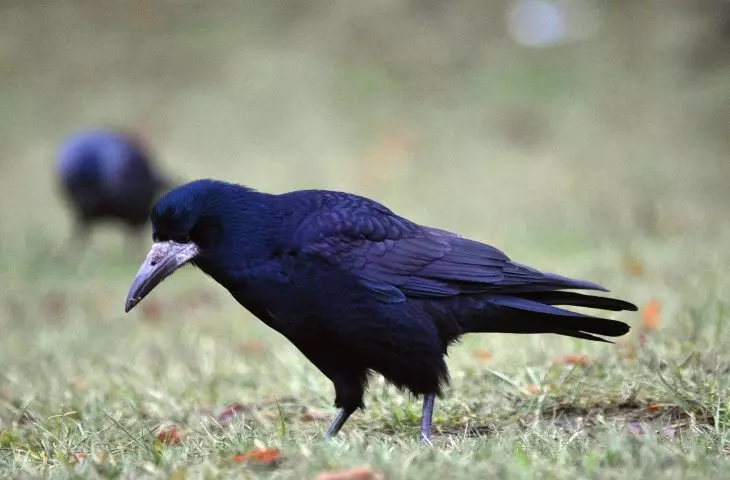Rooks have found their refuge at the Cemex cement plant in Chelm
In its activities, CEMEX Poland places great emphasis on responsibility for the surrounding nature and the protection of biodiversity. Concern for the good condition of the environment is bearing fruit at many of the company's plants. A new protected species has appeared at the Chelm Cement Plant, where kestrels have been nesting for many years. We are talking about a very intelligent bird - the rook.
Rooks, a member of the corvidae family, are eager to communicate and help each other, and can even show affection to each other. It is one of the few species of birds that has mastered the use of tools, for example, in order to split a nut, it lays it on streetcar tracks or throws it under oncoming cars. The rook is one of the better recognized species in Poland. However, according to the Chief Inspectorate for Environmental Protection, the rook population in Poland has declined by as much as more than 50% over the past 20 years.
Thanks to research conducted by Professor Ignacy Kitowski of the Department of Zoology and Animal Ecology at the University of Life Sciences in Lublin, we now know that rooks have found their refuge at the CEMEX Cement Plant in Chełm
- says Monika Wosik, Director of Environmental Protection and Sustainable Development at CEMEX Poland.
The birds have established a small colony there, where in the spring period they can begin breeding in calm and safe conditions. Currently, Chełm's rooks spend the winter abroad, probably in Croatia or Austria. Their place, however, has been taken by representatives of the species from Eastern Europe, most likely from Russia. Since autumn, a flock of rooks formed by about 1.5-2.5 thousand individuals with a small admixture of jackdaws spend the night at the Cement Plant.
Rooks, together with other corvidae birds, form collective roosts during the winter, which provide them with safety and act as a kind of information center for food resources in the area. Such groupings of birds can only be found in urban and industrial areas, as there is a slightly higher temperature, making it easier for birds to survive the winter.
At CEMEX Poland, we are pleased that numerous representatives of rooks have found refuge in a plant owned by the company. This is another example confirming that industry is not an antagonist of biodiversity, and that industrialized areas can be beneficial to certain species, such as the rook and kestrel
- adds Monika Wosik, Director of Environmental Protection and Sustainable Development at CEMEX Poland.
For more information, visit the company 'sCEMEX Polska Sp. z o.o. page on theAiB portal.















